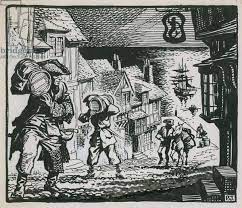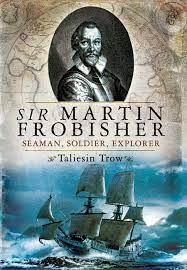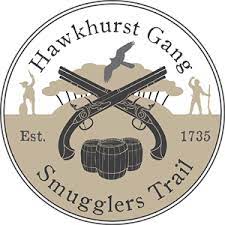The Ossuary of St Leonards Hythe, Kent.
The Ossuary of Hythe.
The Port of Hythe.
Hythe was an international port from the medieval times and had cinque port status granted by the Crown. The Cinque port status gave ports the right to determine self governance and taxation, However the port in return had to raise a navy to defend the coast from attack. Hardly a professional navy !
Hythe attracted a lot of international trade and the evidence of this is found in the skulls and thigh bones found in the Ossuary at St Leonards Church. The time death from the bodies linked to the skulls range from the 12th century to the 15th century. The excavation of the bones started in the 13th century when the church was being extended
The Edwardians started studying skulls. The skulls were silent witnesses to their identity and cause of the death. Some showed disease or violence as there cause of death, this can be determined by the condition of the skull. Some have holes suggesting violence or extensions likely to be tumours Some skulls descended from the Roman empire, Scandinavia and as far as Africa. The Observer may want to consider this evidence of international trade to the port of Hythe.
Hythe is a quaint town situated in Kent and worth a visit with the Royal military canal passing through it.
Information on visiting the The Ossuary can be found on the website link below. Be warned the Ossuary is not very big, but none the less is a point of interest. The reader will note the photos I took last Summer below.
Bibliography -












Comments
Post a Comment